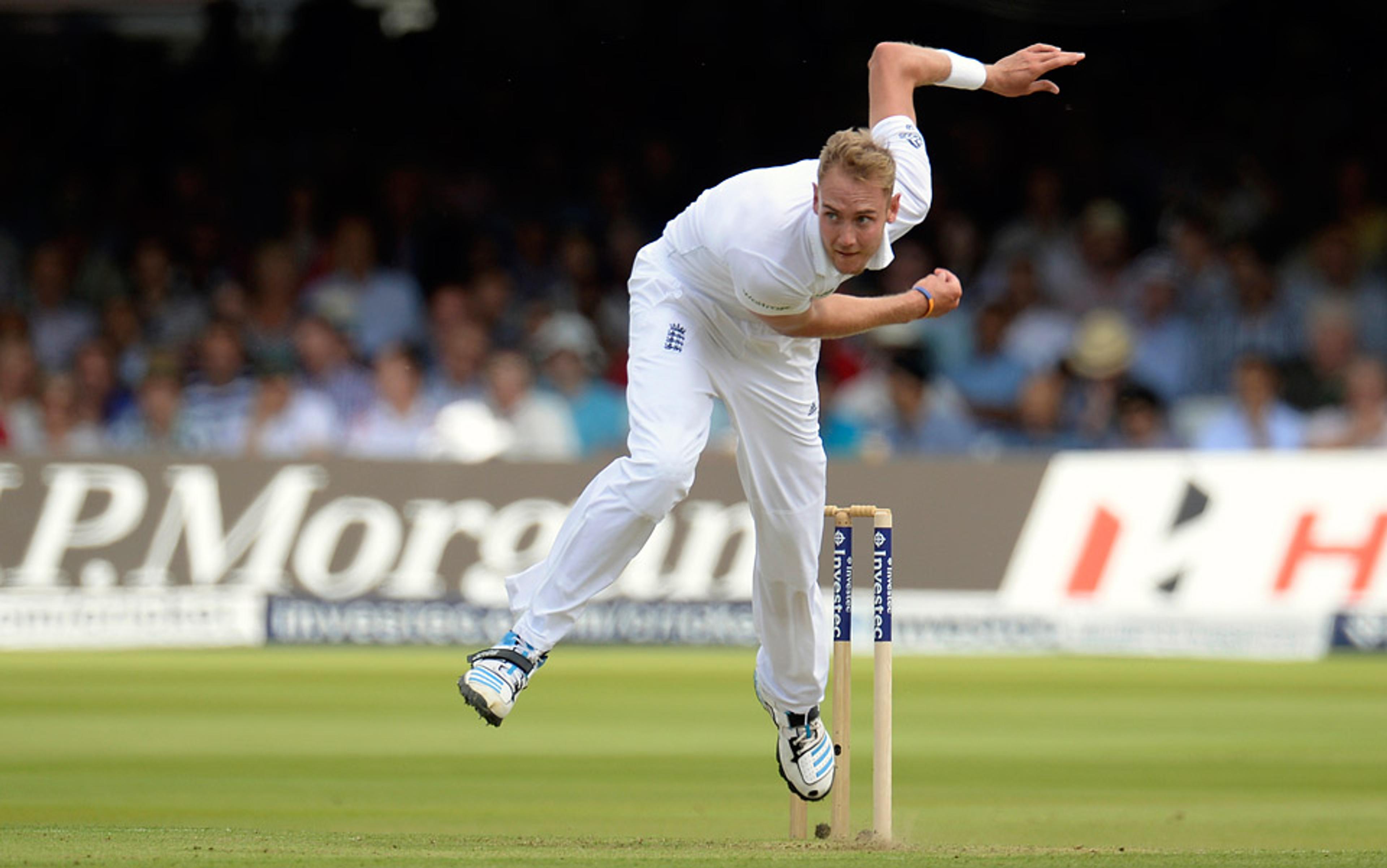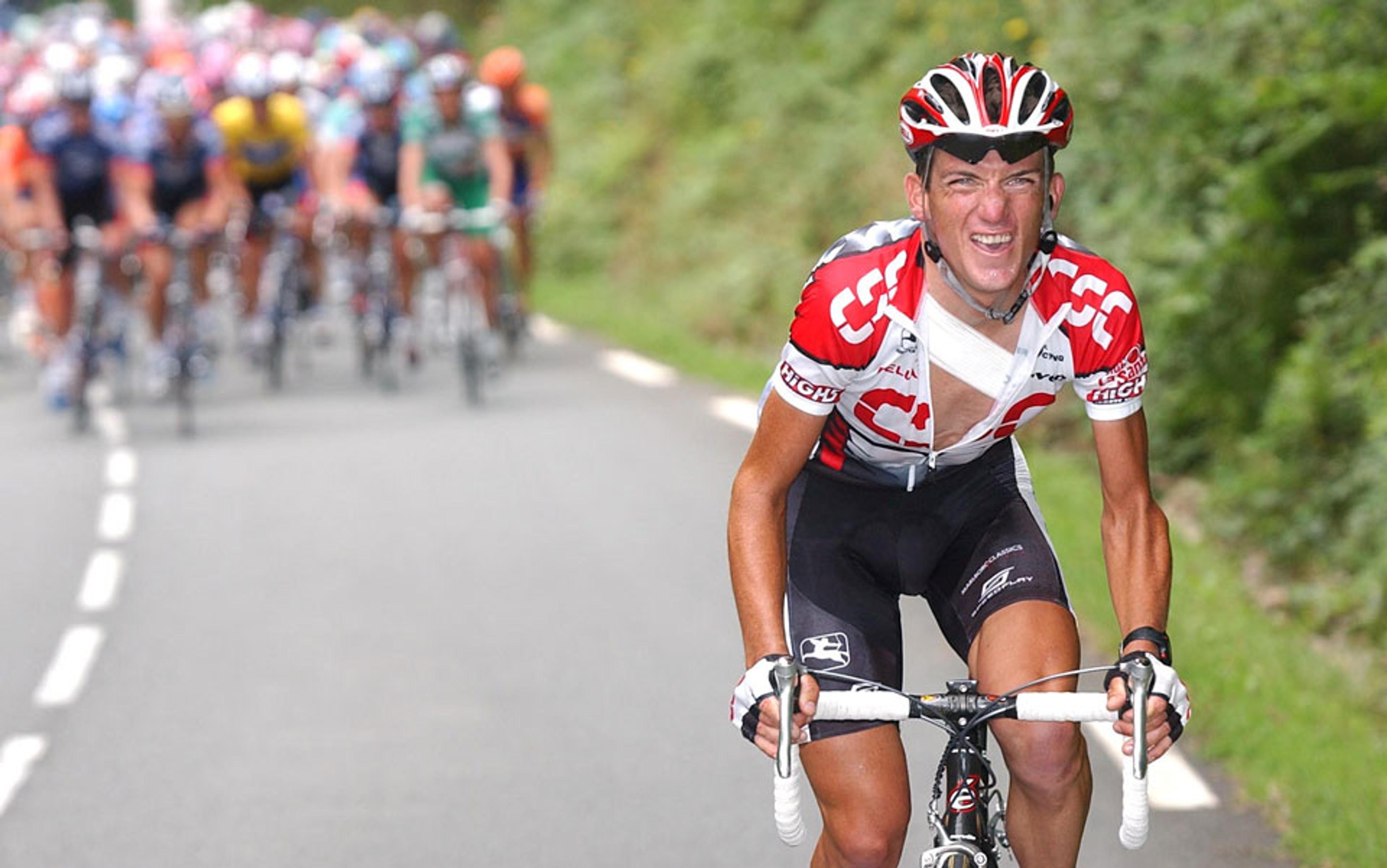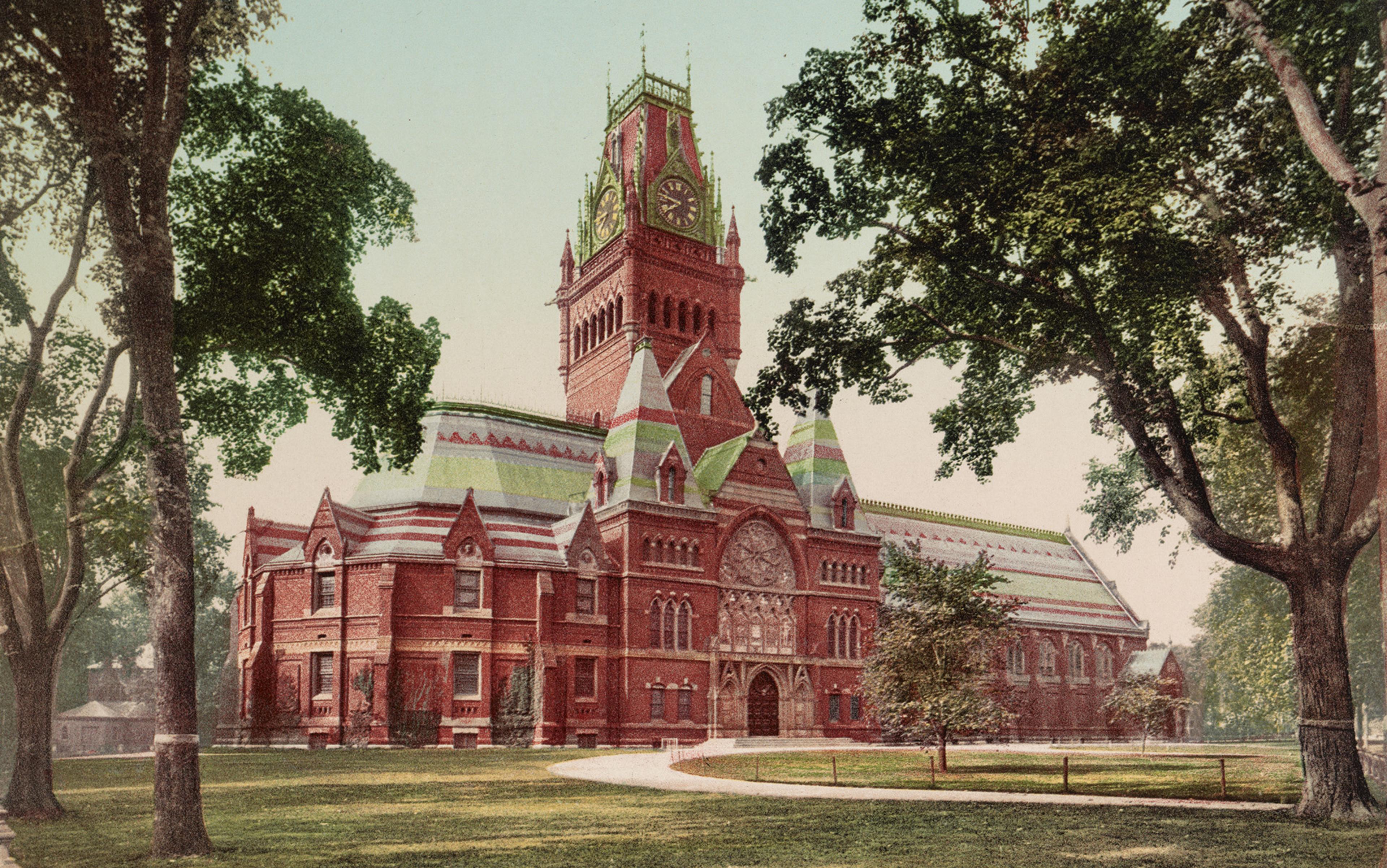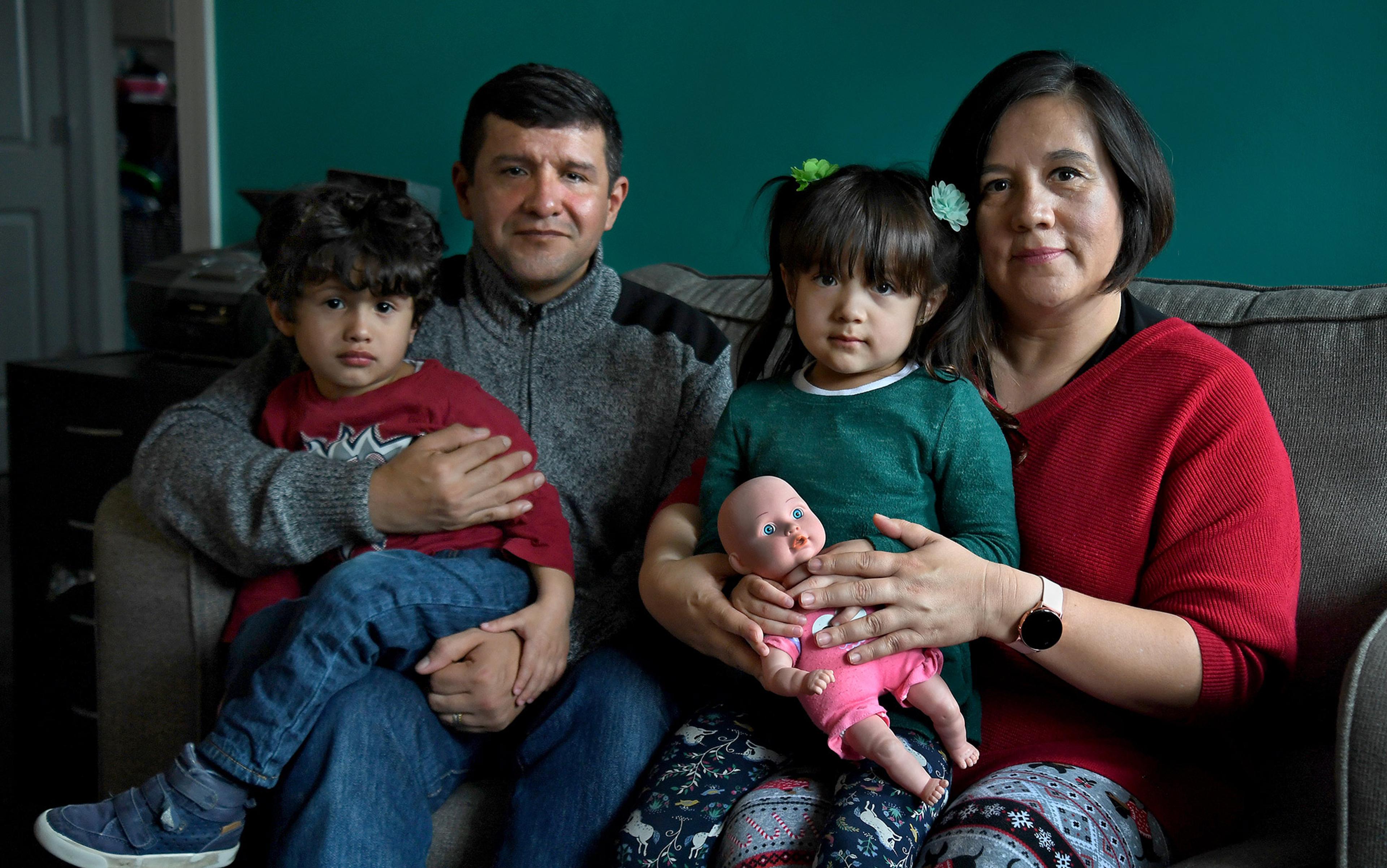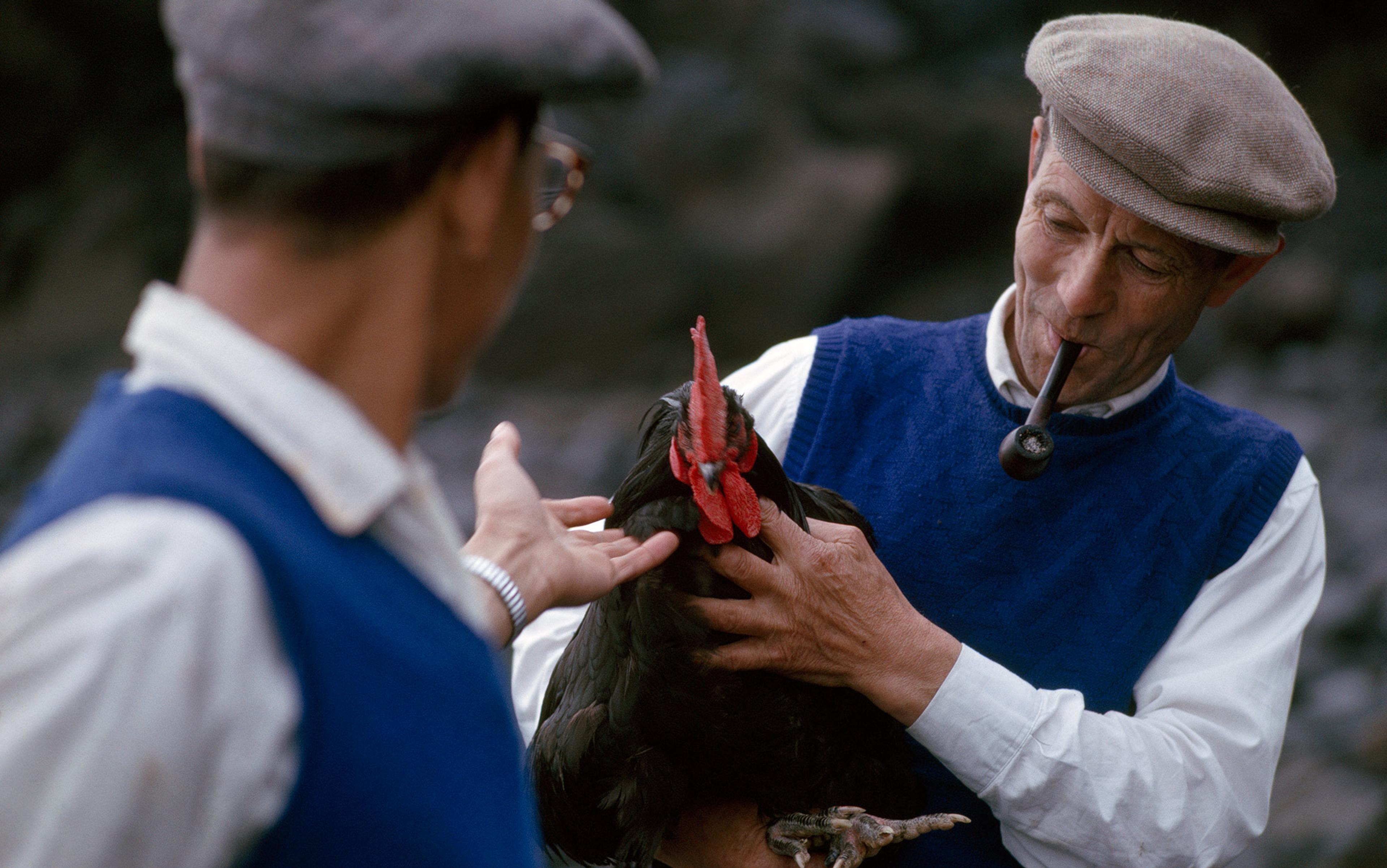In their final Test match against Australia last winter, the England cricket team fielded two players — Stuart Broad and Jonny Bairstow — whose fathers also happened to play cricket for England. Non-aficionados might find this striking, but cricket fans scarcely turned a hair. After all, the previous year’s side featured two other England players with international grandfathers (Nick Compton and Chris Tremlett), and we have to track back only a quarter-century to uncover a staggering 12 further England selections with Test-playing fathers or brothers. Other countries are similarly replete with Test cricket dynasties. Their names ring through cricket history: the Mohammads and the Khans, the Manjrekars and the Roys, the Hadlees, Headleys, Chappells and Pollocks. And that’s just a selection of the families with three or more Test players. The ones with two run into the hundreds.
Nature or nurture? It’s a common topic among sports fans. Two excellent recent books stand on opposite sides of the issue. In Bounce (2009), the former table-tennis international Matthew Syed aims to show that elite sports performers are distinguished by the inordinate amount of practice they put in from a young age. David Epstein’s The Sports Gene (2013) responds with evidence that, in many sports, the most successful competitors are physically and physiologically quite unusual. (As you’d expect, basketball and athletics figure prominently in his arguments.)
Both books are enthralling. Neither, however, scores a decisive victory. The problem is, all human characteristics depend on both genetic and environmental influences. Vulgar talk of ‘innate’ traits serves only to sow confusion. Does this mean that nothing of interest can be said? No: what we can do is to analyse the sources of variation in a population. We might not be able to divide, say, Broad’s individual skill into a genetic and environmental component, but we can still ask how far the cricketing differences among English youths in general can be attributed to genetic and to environmental factors.
Here’s the basic idea. We ask how much the disparities would shrink if everybody had exactly the same genes. The greater the reduction, the more we should attribute the original variation to genetic differences. The genetic heritability of any trait is therefore equal to the proportion of the total variation that would be lost if everyone were genetically identical.
Simple as it sounds, this notion of genetic heritability needs to be handled with care: it doesn’t always do what you think. Consider rickets, the childhood bone disease. This seems environmental, if anything is — it comes from not getting enough vitamin D from either sunlight or diet. But in a population where everybody goes out enough and is adequately fed — modern Scandinavia, say — rickets could turn out to be 100 per cent genetically ‘heritable’, simply because the only sufferers would come from ethnicities whose dark skins blocked the thin northern sun. Or, for an example that goes the other way, take an intuitively innate trait such as height, and then imagine a population of genetic near-clones whose height differences nearly all come from environmental causes. In such a group, height will end up with a genetic ‘heritability’ close to zero. Still, there is nothing intrinsically wrong with the notion, as long as we take care to remember what it means.
What, then, about cricketing abilities? Are they genetically heritable or not? The classic way to investigate would be to compare the batting and bowling averages of identical twins brought up in different environments. However, I have a quicker idea: let’s compare cricket with other sports. Cricket turns out to be unusual in the extent to which it runs in families. Take soccer for example. While there are a few notable football clans — the Charltons and the Ferdinands spring to mind — there is nothing like the rampant familiality found in cricket. Why is that? At first sight it might seem to argue that cricket is more genetic. But I think that’s exactly the wrong conclusion.
If there is less family resemblance among football players than cricketers, there are two possible explanations. Either genetic factors have less influence in soccer, or family environments make a bigger difference in cricket. And once we focus on this question, the answer seems pretty obvious. There’s no reason to suppose that cricket and soccer differ in their genetic influences. Neither is like basketball, or even rugby, both of which call for extreme physical types. In football as in cricket, you just need to be lithe, agile, sinewy, strong: pretty much the same list in both cases.
When it comes to environments, on the other hand, cricket and soccer are like chalk and cheese. Every kid gets plenty of chance to kick a football around. But cricket skills are by no means easily acquired. It’s not just that you need special equipment and facilities: there are deep-rooted habits to overcome. Both batting and bowling are very unnatural, all sideways and no swiping. So you need to be taught young; if you haven’t been initiated before your teenage years, it’s probably too late. On reflection, I’d say that the Test-playing clans are probably just the tip of an iceberg. I’d be surprised to find any top-class cricketers without at least one enthusiastic club cricketer somewhere in their family background.
If environments matter more in cricket than in soccer, then this makes cricketing skills look less genetically heritable than footballing ones. In football, most of the differences come from genetic advantages just because there aren’t many environmental differences (if you live in a soccer-mad nation, opportunities to play are everywhere). But in cricket, there would still be a wide range of abilities even if everybody had exactly the same genetic endowment, because only some children would get a proper chance to learn the game. In effect, environmental causes are doing a lot more to spread out the children in cricket than they are in football. To sum up, cricket runs in families precisely because the genetic heritability of cricket skills is relatively low.
This might seem almost paradoxical. One thing that you can be sure of is that your genes come from your parents. Environmental help can come from many sources apart from family background, and it is by no means sure to be channelled down family generations. So, shouldn’t we generally expect strong family resemblances when it’s genes that make the difference rather than environments?
Syed opens Bounce with the story of how one street in his southern England hometown in the 1980s provided more top British table-tennis players than the rest of the nation combined. As he explains, this wasn’t due to some genetic mutation that found its way into the water round there, but simply a combination of an enthusiastic local teacher and a 24-hour practice facility. Local residents benefited from this exceptional environment. Many rose to the top. It wasn’t table-tennis parents who set them on their path, but a helpful neighbourhood.
My own alma mater offers a similar example. Over the past century, Durban High School has produced 25 international cricketers, including Barry Richards, Lance Klusener and Hashim Amla. In the Lord’s Test in 1960, five of the South African side were from the school. As I can testify, the school’s cricketing facilities are generous and the coaching exceptional. When I was there, the Under 15As’ coach was a former first-class cricketer, but not considered experienced enough to manage the First XI. Given this kind of set-up, a family cricketing background was neither here nor there. Any boy at that school already had a big lead in the cricketing environment stakes.
Non-familial environmental influences such as these seem to argue that family patterns should be more common in those sports where genes dominate, like basketball and athletics, rather than in those that require helpful environments, like cricket: after all, you need parents for good genes, but not for good environments. Yet in fact that isn’t how it pans out, and cricket isn’t an exception, it’s part of a general pattern. Across the board, we find dynasties in those sports that depend on special environments rather than on special genes.
Epstein’s book The Sports Gene stresses the importance of highly genetic physical attributes across a range of sports. In basketball, for example, height and arm length yield a huge advantage. Official statistics suggest that fully 3 per cent of 20- to 40-year-old US men over 6ft 10in are active in the US National Basketball Association (NBA). On this basis, Epstein estimates that if you meet a seven-footer in the US, there will be as much as a one-in-six chance that he is currently on an NBA roster. But even so, there are scarcely any basketball dynasties. Nor do we find many in athletics, or American football, or in other sports where genetically based physical attributes play a crucial role.
On the contrary, the sporting clans seem to be restricted to sports where physical extremes are not required. Apart from cricket, there are phalanxes of well-known families in motor racing, cycling and ice hockey. (‘Mr Hockey’ Gordie Howe played through the 1970s in the same professional teams as his two sons Marty and Mark.)
The surest way find your way onto a motor racing track, hockey rink, velodrome or cricket net is to have parents who already frequent them
So why do things come out back to front like this? Why is it the environmental skills, rather than the genetic ones, that are passed down the generations? Well, one reason is no doubt the phenomenon known as genetic ‘regression to the mean’. You may have a strong chance of playing in the NBA if you are 7ft tall — but you will have scarcely any chance of siring a 7ft-tall son. Remember that half your son’s genes will come from his mother, and she’s unlikely to be as much of an outlier as you are. The point generalises. The children of physically exceptional parents are nearly always less exceptional themselves.
So sporting genes are not tightly coupled across generations. By contrast, access to specialist facilities often is. Family background isn’t always essential for such access, as the examples of Syed’s street and my school demonstrate. But these examples are more the exception than the rule. The surest way find your way onto a motor racing track, hockey rink, velodrome or cricket net is to have parents who already frequent them. It is noteworthy that it is specifically those sports that need specialist equipment and training that seem to produce the most family resemblances. If cricket calls for uncommon facilities and expert guidance, this is even truer of the other dynastic sports. Not every child gets a tryout in a racing car at an early age.
We have been talking about cricket, but perhaps the lesson is general. In the 19th century, Charles Darwin’s cousin Francis Galton argued that eminence in a wide variety of fields, from law and politics to science and music, had a genetic basis. His main evidence, presented in chapter after chapter of his monumental Hereditary Genius (1869), was the frequency with which leading figures in all these fields were closely related. My analysis of sporting dynasties argues that Galton drew the wrong moral. His families of famous politicians and lawyers were evidence of environmental influences, not genetic ones.
This is not to say that Galton was wrong to think that genes are important. Go back to the comparison of cricket with football. I argued that environments don’t matter in soccer. But this doesn’t mean that genes don’t matter in cricket. It’s likely that excellence in both soccer and cricket demand exceptional genes, with the consequence that even in cricket no amount of help and practice will lift those with an average genetic endowment. The difference is rather that to be a top cricketer you need both exceptional genes and an exceptional environment, whereas in soccer exceptional environments don’t come into it much.
Galton’s family evidence suggests that his fields of eminence are like cricket rather than like soccer. If genes were the only things that mattered, then the relevant similarities between parents and children wouldn’t be tight enough, and we wouldn’t find top composers and judges popping up in generation after generation. So these family patterns show that such social eminence requires a privileged background, as in cricket, and isn’t driven by genes alone, as in soccer.
This raises a big question: is it unfair for children to get ahead because of their privileged background rather than their innate superiority? I must say I’ve never understood why the gene-environment issue makes any difference here. Of course it is rotten that some children have deprived backgrounds when others have silver spoons — after all, it’s scarcely their own fault — and I am all in favour of measures designed to correct this.
But isn’t it just as rotten that some kids are born with dud genes when others have good ones? They haven’t done anything to deserve their genetic short straw either. I am equally in favour of measures designed to compensate for genetic disadvantages. (I’m not thinking of gene therapy or anything like that — just extra resources for those who fared badly when the genetic cards were dealt out. This isn’t such a crazy idea if you think about it. Nobody objects to extra help for congenital dyslexics or paraplegics. Maybe we should spread that kind of help a bit more widely.) Still, I realise that most people don’t see it like that. For some reason, they think that we ought to remedy unequal environments, but regard any steps to correct the remaining disparities as unnecessary, even sinister.
Curiously, however, when it comes to sports, most people seem unconcerned even by unequal environments. We all feel that there’s something wrong if young James and Jenny get ahead in law and politics because they have a family background in these professions. But I doubt many people are similarly troubled by the idea of cricketers and ice hockey players benefiting in the same way. Why might that be?
Perhaps it’s something to do with the different routes by which families can advantage their children in these different arenas. What nobody likes is nepotism. It is rightly viewed as scandalous if James and Jenny get ahead simply because their family connections fast-track them into safe parliamentary seats or prestigious law firms. On the other hand, many people wouldn’t look so askance if the young tyros really were exceptional at their jobs, after hours spent at their elders’ knees absorbing arcane secrets of their trades. Maybe the reason we don’t object to cricketing families is that we think they fit the second model rather than the first. Broad’s eminence in cricket isn’t due to favouritism, but to the many childhood hours spent honing his technique with his dad.
But I wonder. The family patterns in cricket and similar sports mean that the children must be getting some help from their family backgrounds. Yet the patterns don’t tell us whether the help comes from practice or from partiality. Maybe cricket is just as nepotistic as politics and the law. There is, in fact, plenty of evidence that sporting success can be affected by preferential treatment for privileged groups. Consider the ‘relative age effect’. More than 60 per cent of British soccer players in the English Premier League were born in the first half of the school year. Why? Because the coaches and selectors picked them to play as these boys stood out in their age group when they were young. Of course, the age difference itself ceases to matter in adulthood, but the earlier special attention has a lasting effect. The kids who were left out of the team because they were too small never had a chance to catch up.
Many people care a great deal about sporting success, and this in itself argues against allocating it on accidents of birth
Similar birthday distributions have been observed across many different sports, including ice hockey, baseball and tennis. Perhaps something like this lies behind family patterns in sport. All right, a young cricketer isn’t going to keep his place in the team indefinitely if he never gets any runs or wickets, simply because his father played for England. But he might well be in the team in the first place for just that reason, ahead of other youngsters the selectors don’t know much about, or who were quickly dropped after one failure.
Should we care? Does it matter if opportunities in sport are unequally distributed, with specious advantages falling to those with the right birthdays or family names? I think it does. Many people care a great deal about sporting success, and this in itself argues against allocating it on accidents of birth. And even if you think that sporting prizes are in themselves insignificant, they are unquestionably a means to things that do matter. I’m not thinking only of the money and fame that comes with sporting stardom. The association between sport and wider success is far more pervasive. Plenty of studies show that athletically accomplished children have higher self-esteem. One of the best ways to help children along is to encourage them on the sports field.
The authorities and scouts in many sports have started taking steps to counter the relative age effect. They don’t want the most talented kids to be overlooked simply because they are elbowed aside by their more beefy peers. Maybe we should watch out more for family favouritism, too. I have always felt that sporting families are something to celebrate, a kind of personification of the purity of sporting traditions. But don’t forget the children who were kept out of the side by the famous names. Perhaps their real significance of such dynasties is that they show sport to be no less corrupt than other walks of life.
